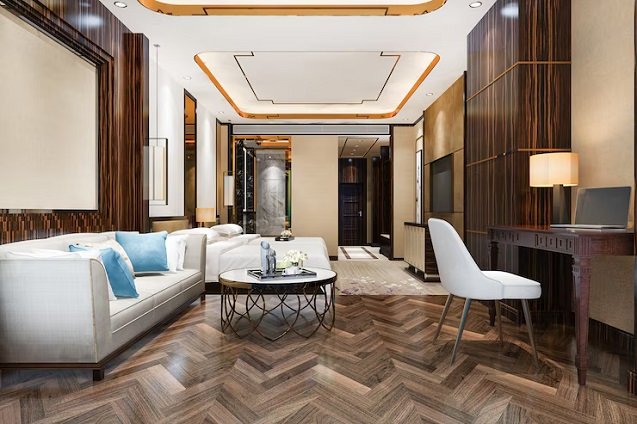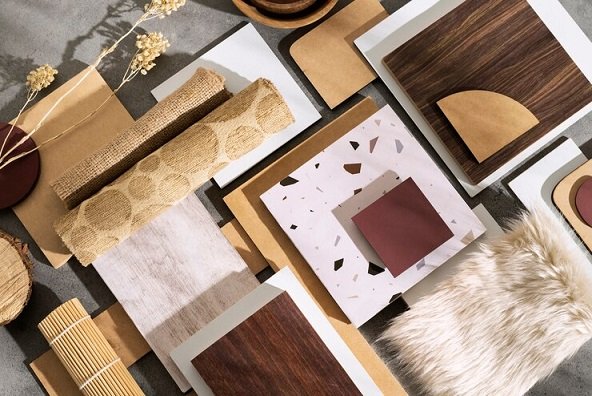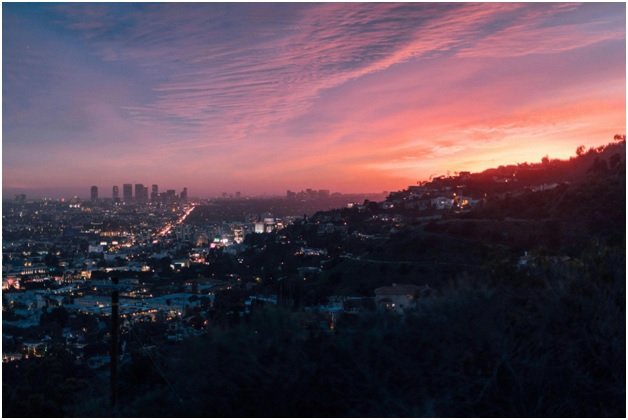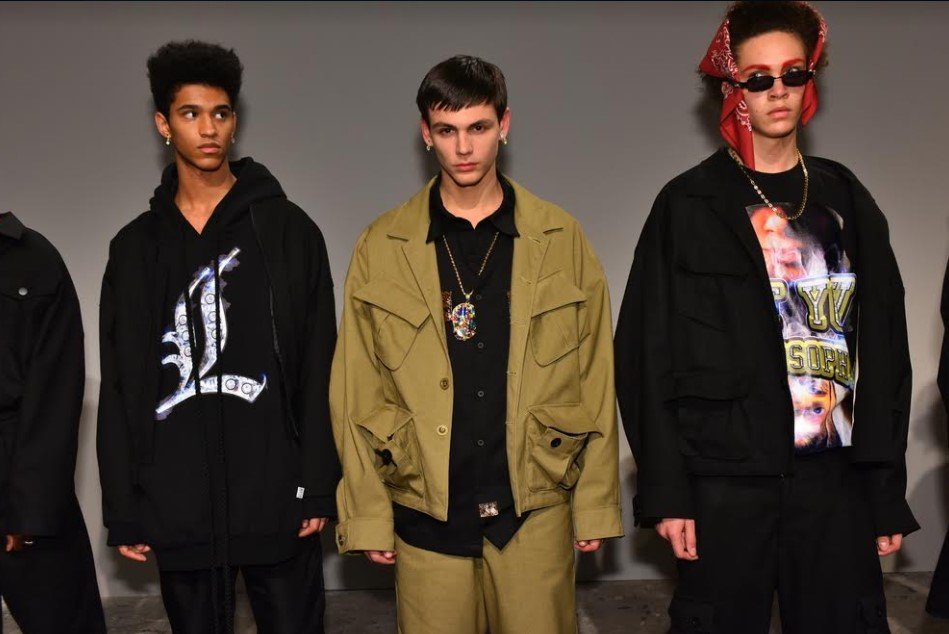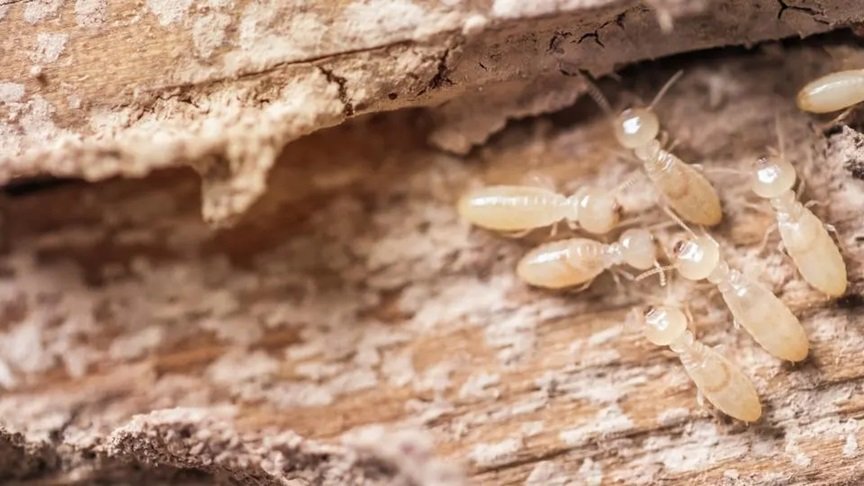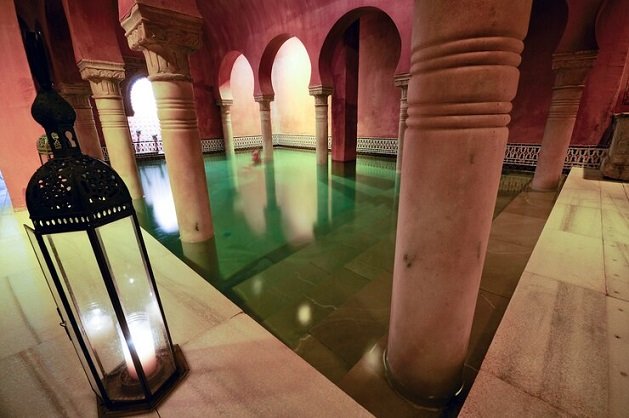
Mosque Carpets and their role in worship
In the peaceful region of a mosque, where commitment and consideration combine, the floor coverings underneath the feet of admirers are more than simple materials; they are woven stories of respect, encapsulating a sacrosanct job in the Islamic love insight. From their tasteful charm to the profound importance they convey, mosque rugs assume a significant part in making an air of heavenliness and association inside the consecrated walls of supplication.
The mosque carpet binds together the love space, the singular petitioning God mat fills in as an individual safe-haven inside the bigger embroidery. The request mat is an image of individual dedication, frequently conveyed by the admirer to the mosque, spreading out a comfortable space for association with the heavenly.
As the devotee remains on their request mat, it turns into a hallowed island, a spot for personal fellowship with God. The demonstration of spreading the mat is a custom, a conscious unfurling of one’s safe-haven inside the aggregate holy space of the mosque. The mosque cover, thus, upholds this singular demonstration of commitment, offering an establishment for the admirers to lay out an immediate association with the heavenly.
Symbolism Woven into Threads
Each string in a mosque cover is loaded down with imagery, enhancing the love insight with layers of significance. The mihrab, a specialty showing the qibla, is frequently woven into the plan, giving a visual point of convergence to admirers to adjust their requests. Calligraphic contents, portraying sections from the Quran or the names of Allah, add a layer of holiness, transforming the rug into a visual portrayal of heavenly words.
Islamic themes, like the eight-pointed star or the arabesque, are normal elements, conveying profound emblematic importance. The eight-pointed star might address grandiose equilibrium, while the arabesque, with its mind boggling, joining designs, represents the endless idea of God. Every theme turns into a quiet educator, directing admirers to examine the significant insights implanted in Islamic otherworldliness.
Enhancing the Spiritual Journey
The mosque carpet, with its tasteful magnificence and representative profundity, turns into an accomplice in the profound excursion of love. As devotees stand, bow, and prostrate, they cross the many-sided scene of the rug, participating in physical and profound dance. The material experience of the floor covering underneath their feet adds a layer of association with the natural domain, establishing the admirers right now and giving a substantial connection between the physical and the heavenly.
The very act of placing one’s forehead on the mosque carpet during prostration, or on the other hand Sujud, is a token of modesty and accommodation. The surface of the mat turns into an observer to these sacrosanct minutes, retaining the murmurs of petitions and the heaviness of bowed heads. Along these lines, the mosque cover turns into an essential piece of the admirer’s otherworldly excursion, a quiet observer to their snapshots of reflection, appreciation, and give up.
Rugs as Sacred Narratives
Mats of respect in mosques are not simple floor covers; they are sacrosanct stories woven into the actual texture of Islamic love. From the edge of consecrated spaces to the individual safe-havens of individual petitioning God mats, these rugs assume a pivotal part in making an environment of heavenliness and association inside mosques.
